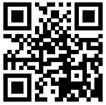
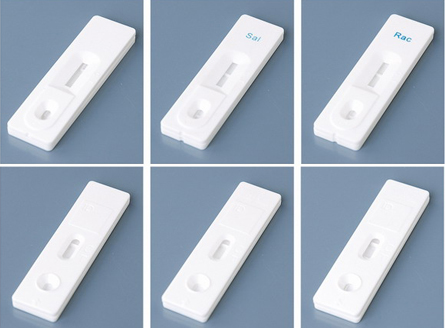 Gold Label Card Case
Gold Label Card CaseOur gold label card cases come in a wide ...
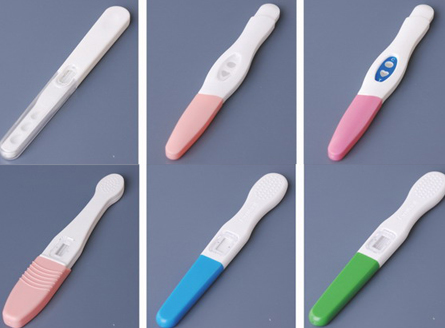 Gold Label Pen Card
Gold Label Pen CardThere are various specifications of gold ...
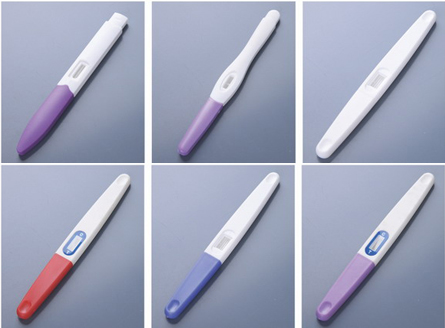 Pen type card
Pen type cardPen cards come in various specifications ...
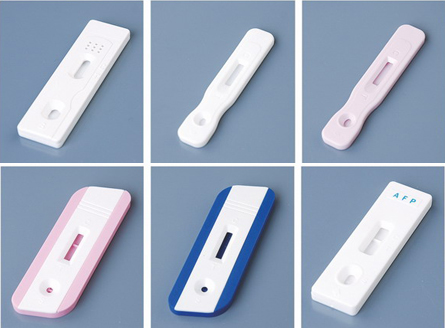 Gold Label Single Card
Gold Label Single CardOur gold label single card has a wide var...
Phone:+86-317-4052076
FAX:+86-317-4052076
Email:czycgs@163.com
Web:www.xysjcz.com
Address:Du Sheng Xiang Xiao Liu Village, Cang County, Cangzhou City, Hebei Province
FAX:+86-317-4052076
Email:czycgs@163.com
Web:www.xysjcz.com
Address:Du Sheng Xiang Xiao Liu Village, Cang County, Cangzhou City, Hebei Province
Current Location:HOME > NEWS > Company dynamics >
NEWSThe basic principle of gold standard immunochromatographic rapid diagnosis test
Time:2017-02-01Publisher:Xingyuan
Gold Label CardImmunocolloidal gold labeling technology is a new type of immune labeling technology that uses colloidal gold as a tracer marker and is applied in antigen antibody reactions. Gold label card shell colloidal gold is a gold particle of specific size polymerized by chloroauric acid aqueous solution under the action of a reducing agent, and a stable colloidal state is formed between the particles due to electrostatic interaction, also known as gold sol. Colloidal gold, due to its colloidal stability, strong protein adsorption, and high electron density, can be seen as black brown particles at the binding site of gold label proteins under the microscope. When these markers aggregate in large quantities at the corresponding ligand, red or pink spots can be seen to the naked eye, and can be used." In qualitative or semi quantitative immune detection methods. Immunocolloidal gold technology; Initially only used for immunoelectron microscopy technology, it has now evolved to passive agglutination testing, light microscopy staining, immunoblotting, dot gold immunofiltration, and immunochromatography techniques. There are currently four main methods used for diagnostic techniques: ① Double antibody sandwich method: used for detecting large molecular antigens of pathogenic microorganisms. ② Competition law: used for detecting small molecule antigens; ③ Double antigen sandwich method: used to detect specific antibodies; ④ Reverse flow chromatography: This method can simultaneously detect antibodies IgG and IgM of the same pathogenic microorganism. In addition, there are double-sided test strips, indirect methods, and capture methods, which are less commonly used in immunochromatographic assays. At present, this technology has been widely applied in clinical diagnosis, detection of pathogenic microorganisms, and veterinary drug residues& Nbsp
